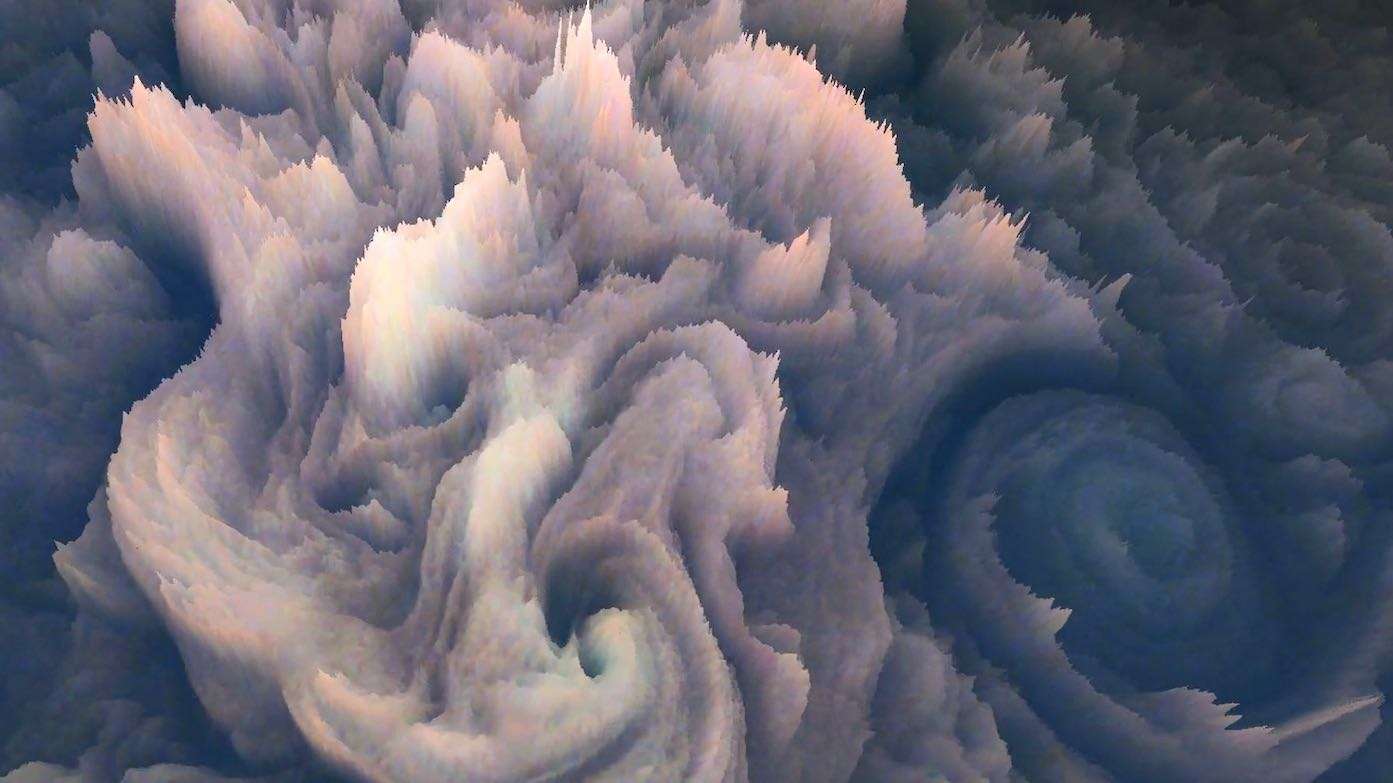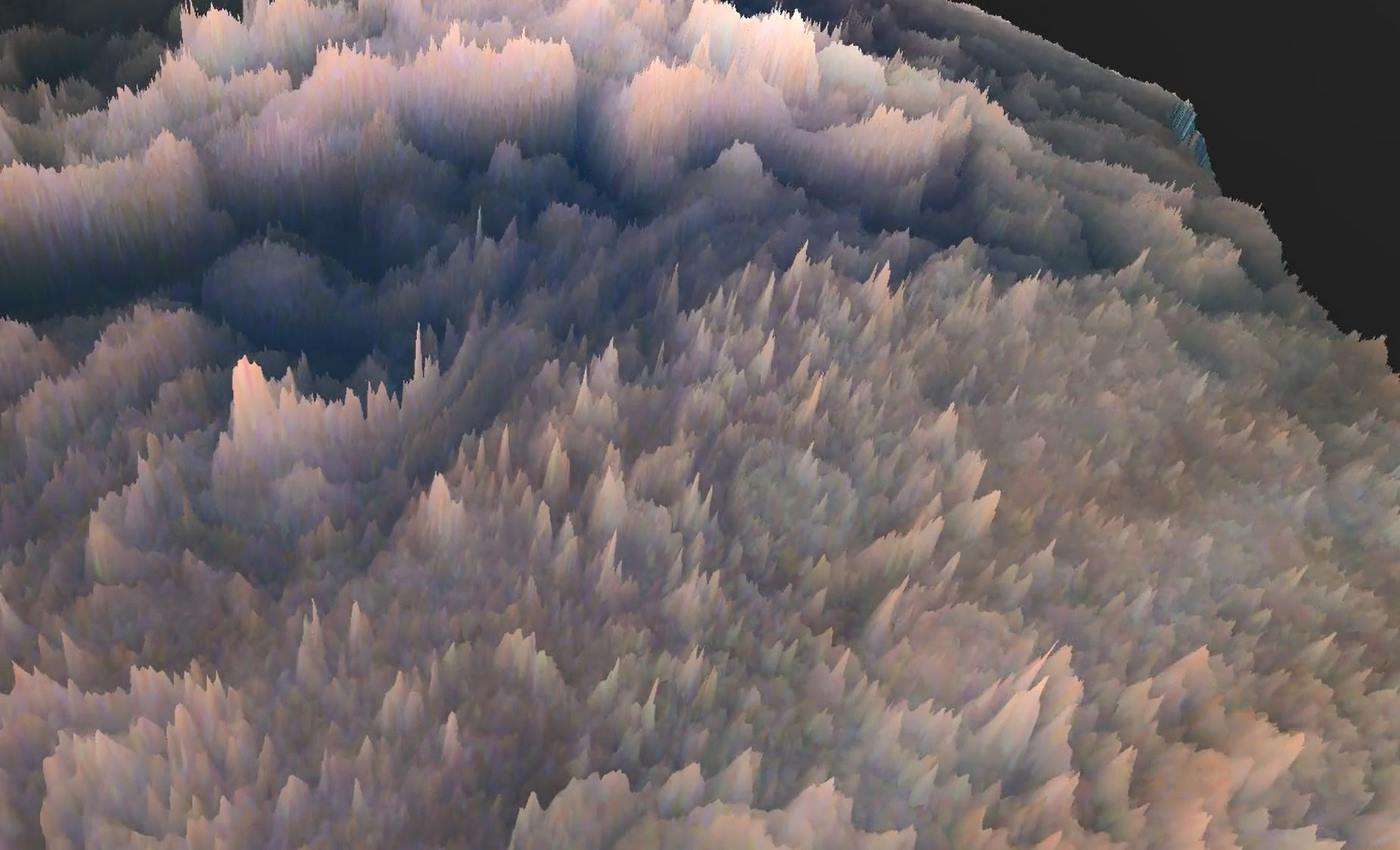Ancient Cultures May Hold the Key To Keeping Buildings Cool in a Changing Climate
Mughal India or the Ancient Persians had ways of keeping cool that combined simple physics with beautiful architectural design.

After the Juno spacecraft used 3D rendering to process some images it took of clouds covering Jupiter, they appeared like the flourished frosting atop of queenly cupcake.
What's more, JunoCam's renderings came in the visible-light spectrum, so the animations of the relative heights of the cloud tops in the our solar system's largest planet are exactly as we would see them.
The results have been presented by citizen scientist, professional mathematician, and software developer, Gerald Eichstí¤dt, at the Europlanet Science Congress (EPSC) 2022 in Granada.
Understanding the relative heights of the spiky pillars within the swirls will help scientists to unveil in more detail the elements that compose them, and better create the concept art for Disney's next Frozen movie.
Juno arrived at Jupiter on July 4th, 2016, after a 5-year, 1.7-billion-mile journey, and settled into a 53-day polar orbit stretching from just above Jupiter's cloud tops to the outer reaches of the Jovian magnetosphere.
Put onboard initially to increase public engagement around the exploration of Jupiter and its moons, Eichstí¤td has demonstrated that JunoCam can also provide valuable science.
"The Juno mission provides us with an opportunity to observe Jupiter in a way which is essentially inaccessible by Earth-based telescopic observations," Dr. Eichstí¤td explains. "We can look at the same cloud features from very different angles within only a few minutes."
"This has opened up a new opportunity to derive 3D elevation models of Jupiter's cloud-tops. The images of the wonderful chaotic storms on Jupiter seem to come to life, showing clouds rising at different altitudes."

Using the different ways in which sunlight is reflected and scattered by clouds, the team has succeeded in pinpointing the elevation of the cloud-tops observed.
Solar illumination is most intense for clouds in the upper atmosphere. Deeper in the atmosphere, more light is absorbed-particularly by methane-before being scattered back up to the camera by the cloud tops.
"From theoretical models, the clouds are expected to be composed of different chemical species, ammonia, ammonium hydrosulphide, and water ice from top to bottom," said Dr. Eichstí¤dt.
"Once we calibrate our data thanks to other measurements of the same cloud tops, we will test and refine the theoretical predictions and have a better 3D picture of the chemical composition."
The pictures from Juno have been some of the most awe-inspiring to ever come out of observations is space, and the colors, patterns, and textures of the Jovian atmosphere surmounts the creativity of even the most excitable painter.
WATCH a video of the renderings from the spacecraft's perspective.
SHARE These Unbelievable Pictures On Social Media…
Be the first to comment